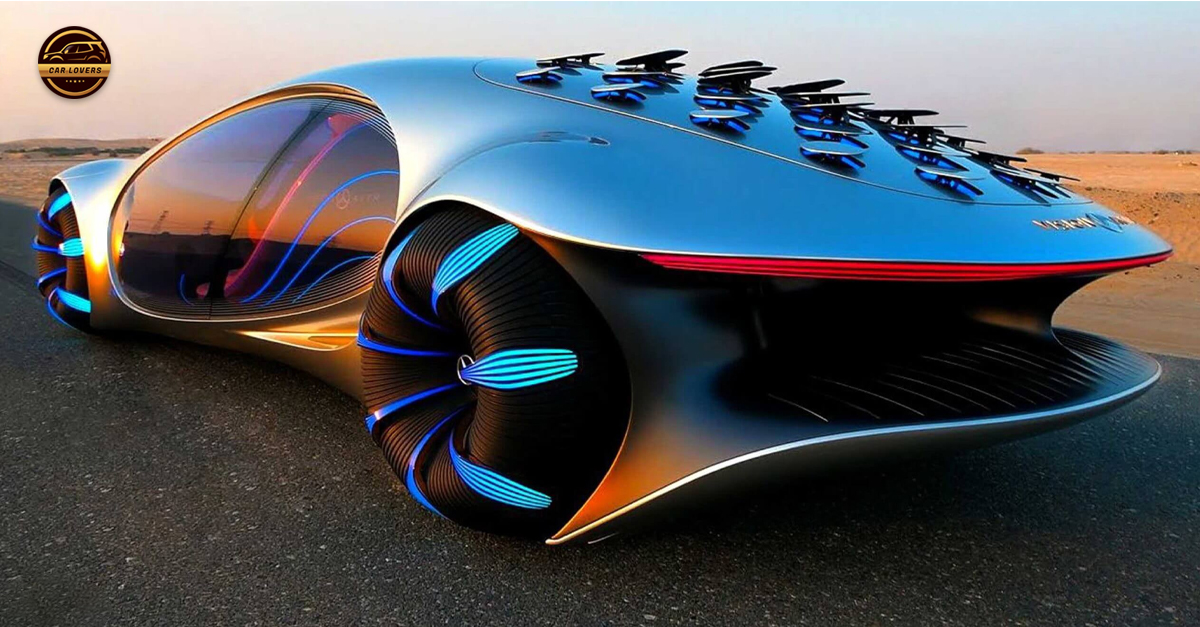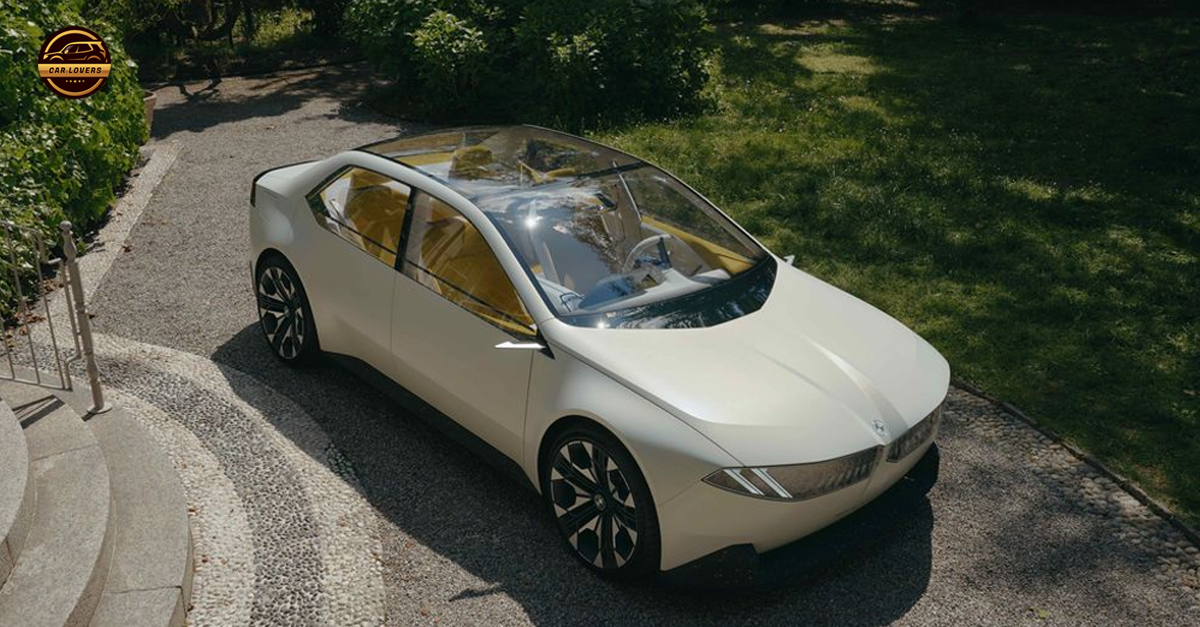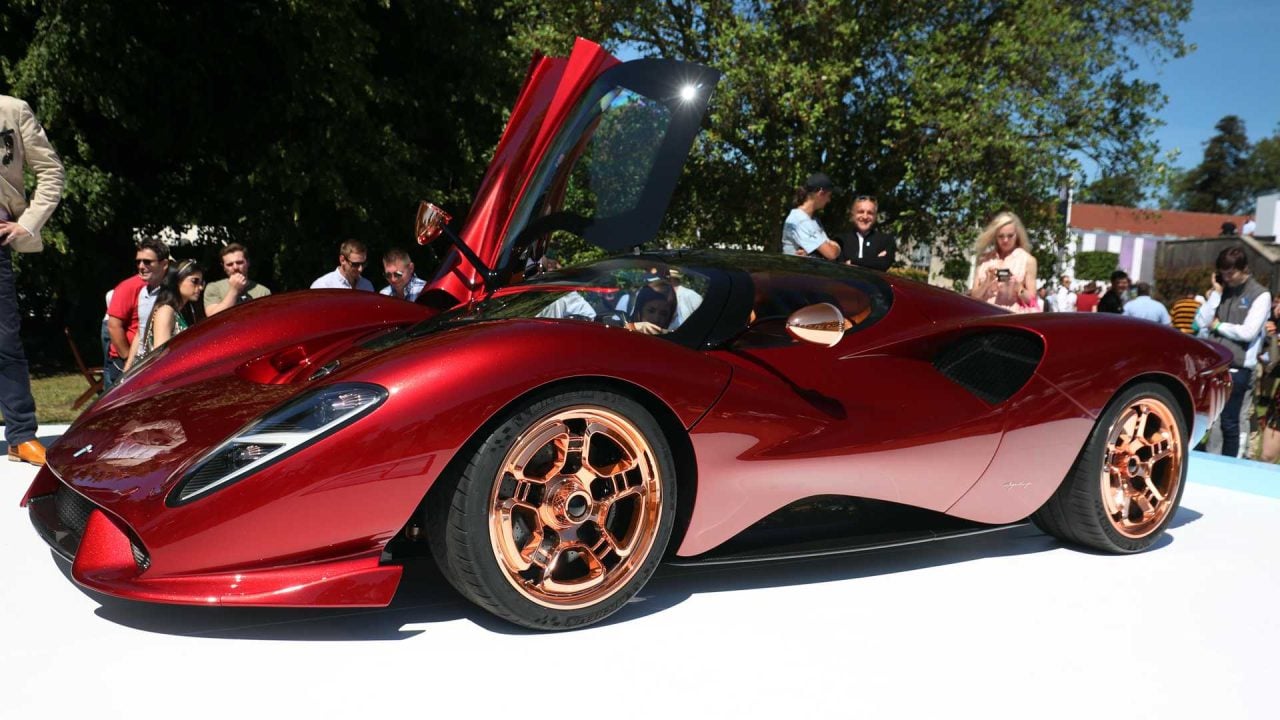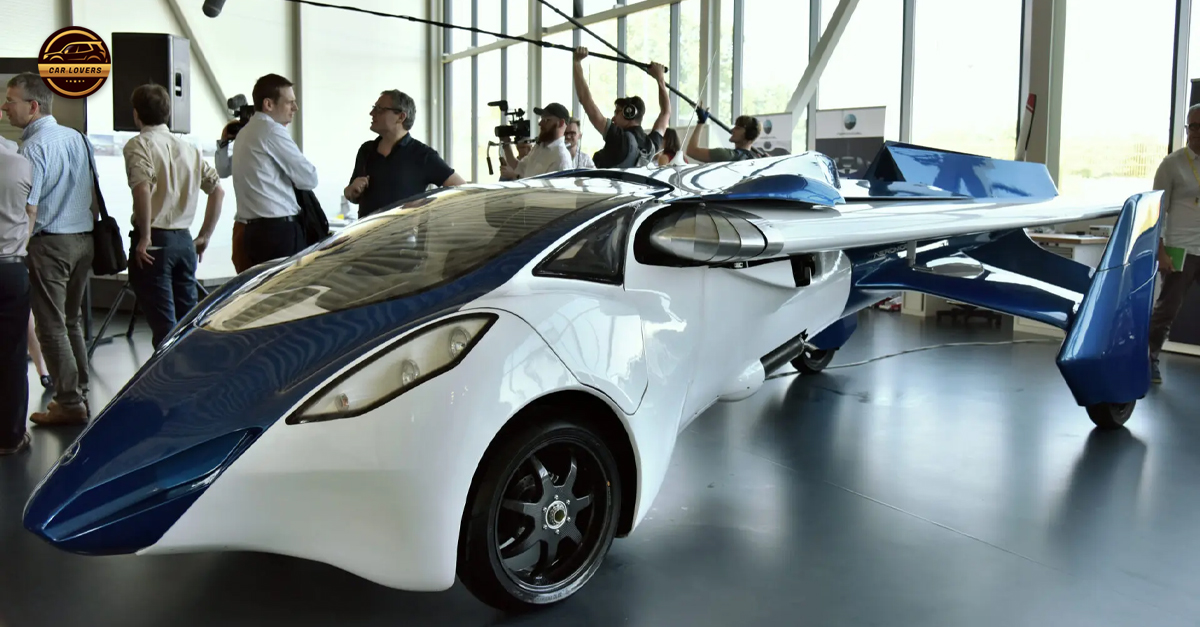The cancellation of the 2020 Geneva auto show means that Polestar’s latest concept car, a sleek electric four-door called the Precept, doesn’t get its big public moment. And this week Polestar announced plans to produce the car for the Chinese market . But the good news is that if you like it, expect Polestar models to appear in the United States in the future.

Starting with the exterior, when I first saw the Precept, my mind immediately went to how Tesla owners wanted the Model S and their decades-old design to look cool. An important design detail is the Polestar’s lack of mirrors. It uses the camera instead, and the reason for this is that Present has no rear window. Technically, it has a rear sunroof as the car’s glass roof extends beyond the rear passenger seats creating a panoramic experience.

Nothing speaks to the future like clean interiors. The Precept’s cabin is made of recycled materials. Carpets are made from old fishing nets, seats from old plastic bottles are woven together by 3D knitting technology. Recycled vinyl is used to make furniture. These renewable materials are lighter than traditional luxury interiors while still providing a premium feel to the touch.

The vegan interior is impressive in its own right, but it was the Precept’s infotainment screen that gave us the itch. The Precept will feature a Polestar-powered Google-powered Human Machine Interface. The system will work with advanced voice technology to understand local accents. It will allow video streaming and app functions while the vehicle is charging.

According to Polestar, it understands that as screens on vehicles become increasingly common, so too will the risk of distraction. The Precept HMI system has eye-tracking technology that monitors when the driver is looking down at the screen at any given time. The screen itself has proximity sensors that know when a hand approaches it. The display will automatically adjust the display in the vehicle according to the situation. As the driver’s hand approaches, the monitor’s display magnifies the buttons and sliders for easier access.

This week’s production announcement doesn’t have any details on performance, battery range, powertrain specs, or even a launch date. However, Polestar is adamant that it will be launched soon. And they think this is a clear design breakthrough, so as not to have to hear the words “hey, it looks like Volvo’s design” encountered in Polestar 1 and 2. Look forward to it. wait for the next Polestar!








